Space
Sign up for our newsletter
We summarize the week's scientific breakthroughs every Thursday.
-
 Planetary Science
Planetary ScienceTRAPPIST-1’s seventh planet is a chilly world
Follow-up observations of TRAPPIST-1 and its seven planets reveals details about the outermost one.
-
 Planetary Science
Planetary Science50 years ago, an Earth-based telescope spotted Saturn’s fourth ring
Scientists now rely on spacecraft to chart the intricate rings of the gas giant.
-
 Health & Medicine
Health & MedicineReaders ponder the randomness of DNA errors
Readers sent feedback on cellular slip-ups, moon mayhem and more.
-
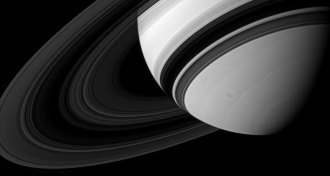 Science & Society
Science & SocietyThe first Cassini to explore Saturn was a person
Cassini, the spacecraft about to dive into Saturn, was named for the astronomical pioneer who first perceived the gap between the planet’s famous rings.
-
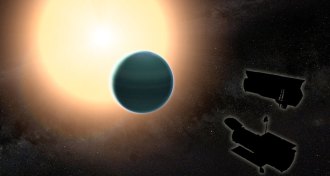 Planetary Science
Planetary ScienceWatery exoplanet’s skies suggest unexpected origin story
Compared with Neptune, HAT-P-26b’s atmosphere has few heavy elements, suggesting it formed differently than the ice giants in Earth’s solar system.
-
 Planetary Science
Planetary ScienceOxygen on comet 67P might not be ancient after all
Molecular oxygen detected around comet 67P may not be a relic of the solar system’s birth. Instead, it may be generated by interactions of water, the solar wind and the comet’s surface.
-
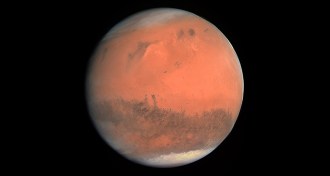 Planetary Science
Planetary ScienceMars may not have been born alongside the other rocky planets
Mars formed farther away from the sun than its present-day orbit, not near the other terrestrial planets, new research suggests.
-
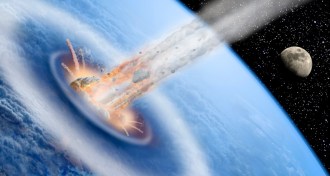 Planetary Science
Planetary ScienceHere’s how an asteroid impact would kill you
Most deaths caused by an asteroid impact would result from shock waves and winds generated from the blast, rather than effects such as earthquakes and tsunamis, new simulations show.
-
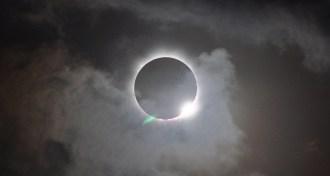 Astronomy
AstronomyRead up on solar eclipses before this year’s big event
Three new books chronicle the science, history and cultural significance of total solar eclipses.
By Sid Perkins -
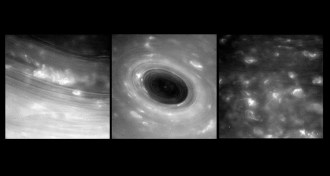 Planetary Science
Planetary ScienceCassini’s ring dive offers first close-up of Saturn’s cloud tops
Cassini has completed its first dive between Saturn and its rings. Along the way, it snapped stunning pics of the planet’s atmosphere.
-
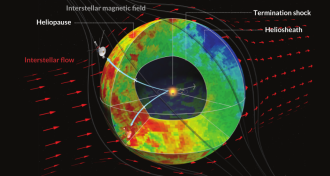 Astronomy
AstronomyNo long, twisted tail trails the solar system
The bubble that envelops the planets and other material in the solar system does not have a tail, new observations show.
-
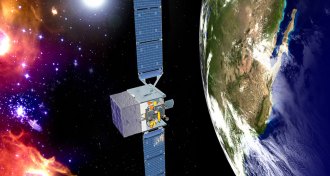 Physics
PhysicsGamma-ray evidence for dark matter weakens
Excess gamma rays are still unexplained, but they might not come from dark matter.